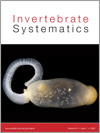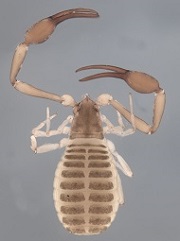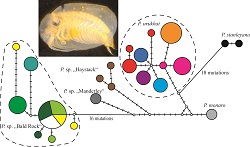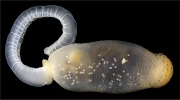
Systematic biologists must choose how best to represent discoveries of novel new species within the taxonomic framework of the tree of life. In this contribution, two highly distinctive Australian carabid beetle species are described and placed in new genera based on their phylogenetic relationships within a circum-Antarctically distributed lineage. The synthesis of morphological analysis, molecular phylogenetics, biogeography and earth history produces concise hypotheses concerning the evolutionary history of this austral-disjunct group. This process demonstrates the power of phylogenetic analysis to illuminate the significance of newly discovered biodiversity.








